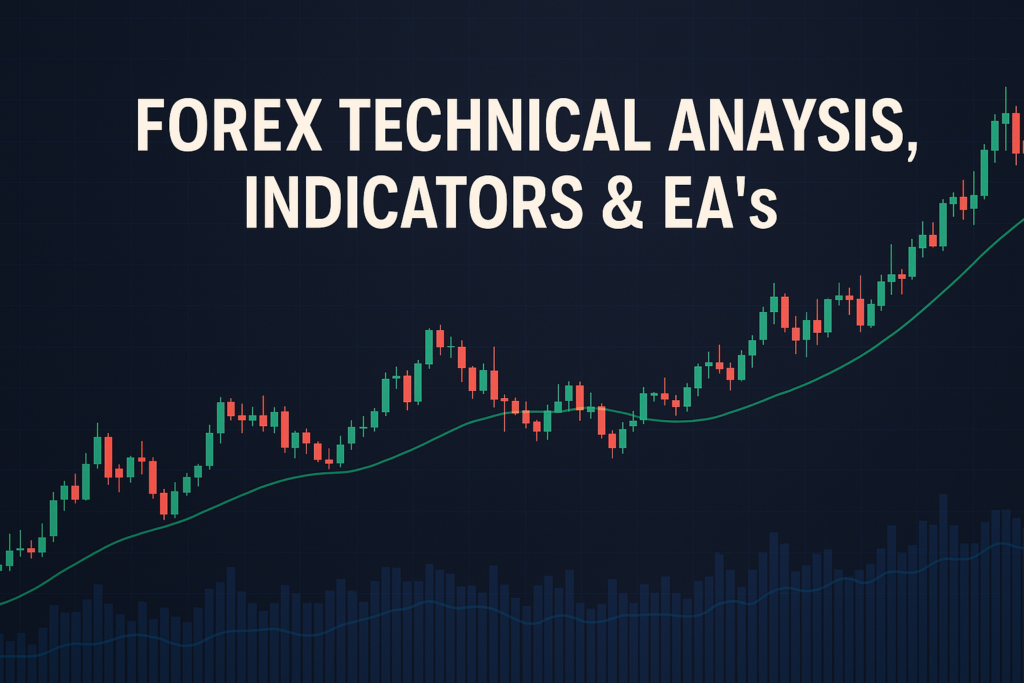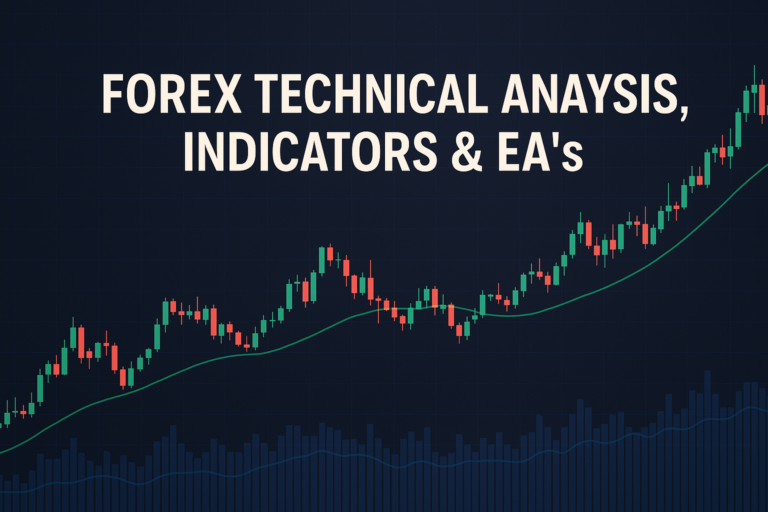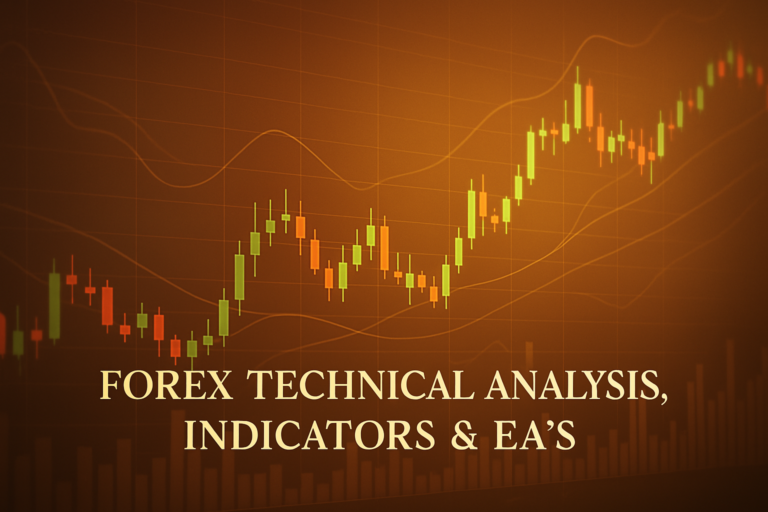
Slow stochastic is a powerful momentum indicator in Forex trading that helps identify overbought and oversold conditions for better decision-making.
In the world of Forex trading, understanding tools like the slow stochastic is crucial. The slow stochastic is a momentum indicator that helps traders identify overbought and oversold conditions. By using this tool, traders can make informed decisions about when to buy or sell a currency pair. But while it sounds simple, many traders struggle to use it correctly. Beginners might find it overwhelming, while professionals often face challenges in interpreting its signals.
The importance of mastering the slow stochastic cannot be overstated. It can be a game-changer for anyone looking to improve their trading skills. In this article, we will explore the ins and outs of the slow stochastic, including its history, advantages, and practical applications. We will also discuss strategies that you can use to boost your trading success.
For example, if you’re interested in the current market conditions, check out our detailed analysis of the AUDUSD analysis June 25, 2025 [here](https://www.forexfinancetips.com/audusd-analysis-and-forecast-june-25-2025/).
What is a slow stochastic?
Simply put, the slow stochastic is a tool that helps traders see when a currency pair is overbought or oversold. Imagine you are at a market, and you want to buy apples. If there are too many apples and not enough buyers, the price will drop. The slow stochastic works similarly, showing you when a currency pair might be too expensive or too cheap.
Types of slow stochastic
There are a few types of slow stochastic indicators. The most common ones are:
- Simple: This is the basic form, using a straightforward calculation.
- Exponential: This version gives more weight to recent prices, making it more responsive.
- Weighted: Like the exponential, this one gives different importance to various prices.
How slow stochastic smooths out price action
The slow stochastic helps by averaging the price movements over a specific period. This means that instead of reacting to every little price change, it provides a clearer picture of the market trend. This smoothing effect makes it easier for traders to spot potential entry and exit points.
Common periods used and why
Most traders use periods of 14 days for the slow stochastic. This time frame balances responsiveness and stability. Using too short a period can create noise, while too long can miss important signals. By using the 14-day period, traders get a reliable snapshot of the market.
The History of slow stochastic: How It Became Popular
Origin of slow stochastic
The slow stochastic was developed by George Lane in the 1950s. He created it to help traders identify price momentum and trends. His idea was simple: track the closing prices relative to a range over a certain period. This concept quickly gained traction among traders looking for an edge.
When did traders start using it widely?
Throughout the 1980s and 1990s, more traders began to adopt the slow stochastic. As technology improved, it became easier to apply this indicator on trading platforms. Soon, it became a staple for both beginners and experienced traders alike.
Real-life stories
There are many stories of traders who have found success using the slow stochastic. For instance, one trader reported making a significant profit by identifying an overbought condition on a currency pair. By using the slow stochastic, they entered a short position, leading to a successful trade. Such stories inspire many to learn about this powerful tool.
Advantages and Disadvantages of slow stochastic
Advantages:
- Helps identify trends easily: Traders can quickly spot whether a market is trending up or down.
- Useful for dynamic support and resistance: The slow stochastic can indicate where prices might struggle to move beyond.
- Works well for crossover strategies: It can signal when to buy or sell based on crossing lines.
Disadvantages:
- lags behind price movements: Sometimes, the signals come after the move has happened.
- Can give false signals in sideways markets: In a non-trending market, it might generate misleading signals.
How to Apply slow stochastic on MT4 & MT5
Step-by-step guide to adding slow stochastic on charts
To add the slow stochastic to your chart in MT4 or MT5, follow these steps:
- Open your trading platform and select the chart you want.
- Click on “Insert,” then go to “Indicators.”
- Select “Oscillators,” and then click on “Stochastic Oscillator.”
Customizing slow stochastic settings
Once added, you can customize the slow stochastic. You can change the periods, colors, and types to suit your trading style. For instance, you might want to set the period to 14 and the slowing to 3.
Saving templates for easy application
After customizing, save your settings as a template. This way, you can easily apply it to any chart in the future without starting from scratch.
5 to 7 Trading Strategies Using Only slow stochastic
All Time Frame Strategy (M5 to D1)
This strategy can be used on any time frame. Look for the slow stochastic to cross above 80 for selling and below 20 for buying. For example, if you see it below 20, it might be a good time to buy.
Trending Strategies
In a strong trend, use slow stochastic to confirm the trend direction. If prices are trending upwards, buy when the slow stochastic dips below 20 and then crosses back up.
Counter Trade Strategies
This strategy involves going against the trend. Wait for the slow stochastic to show overbought conditions above 80, then look for sell signals. This can be risky but rewarding if done correctly.
Swing Trade Strategies
For swing traders, use slow stochastic to identify potential reversal points. When prices are at a high and the slow stochastic dips below 80, it might signal a good selling opportunity.
5 to 7 Trading Strategies Combining slow stochastic with Other Indicators
All Time Frame Strategy (M5 to D1)
Combine slow stochastic with moving averages. When the price is above the moving average and the slow stochastic crosses below 20, it could signal a buying opportunity.
Trending Strategies
Use slow stochastic with the MACD indicator. If both indicators show a buying signal, it strengthens the trade decision.
Counter Trade Strategies
Combine slow stochastic with Bollinger Bands. If the slow stochastic is above 80 and the price touches the upper band, consider selling.
Swing Trade Strategies
Mix slow stochastic with Fibonacci retracement. When the price retraces to a Fibonacci level and the slow stochastic shows oversold, it might be a good buying opportunity.
To learn about the current market conditions, check out our analysis of the GBPJPY analysis July 22, 2025 [here](https://www.forexfinancetips.com/gbpjpy-forecast-analysis-july-22-2025/).
Top 10 FAQs About slow stochastic
1. What does the slow stochastic measure?
The slow stochastic measures momentum, indicating overbought or oversold conditions of a currency pair.
2. How do I interpret the slow stochastic?
When the slow stochastic is above 80, it indicates overbought conditions. Below 20 indicates oversold conditions.
3. Can I use slow stochastic with other indicators?
Yes! Combining it with other indicators can enhance your trading signals and improve accuracy.
4. Is slow stochastic suitable for all trading styles?
Yes, it can be used for day trading, swing trading, and long-term investing.
5. How often should I check the slow stochastic?
It depends on your trading style. Day traders may check it every hour, while swing traders may look at it daily.
6. Can slow stochastic give false signals?
Yes, especially in sideways markets where it can indicate false overbought or oversold conditions.
7. What time periods are best for slow stochastic?
The common setting is 14 periods, but you can adjust it based on your trading style.
8. How do I set up slow stochastic on my trading platform?
It’s easy! Refer to the step-by-step guide we provided earlier.
9. What is the difference between fast and slow stochastic?
The slow stochastic is smoother and less sensitive to price changes than the fast stochastic.
10. Should I rely solely on slow stochastic for trading decisions?
It’s best to use it alongside other indicators and analysis for a more comprehensive approach.
Conclusion
In summary, the slow stochastic is a valuable tool for Forex traders. It helps identify potential buying and selling opportunities by indicating overbought and oversold conditions. Remember to use it wisely, combining it with other strategies and indicators for the best results.
Before risking real money, practice using the slow stochastic on a demo account. Testing your strategies will help you build confidence and improve your trading skills.
This resource adds more value to your forex learning journey XE Currency, Finance Magnates
Expand Your Knowledge
- 📌 Forex Trading Learning Road Map
- 📌 Forex Trading Course with no Fees
- 📌 Forex Trading Issues, Problems, and Solutions
- 📌 Forex Daily Forecast & Live Updates
- 📌 Forex Fundamental & News Analysis: Tomorrow’s Market Movers & Trade Opportunities
- 📌 Forex Education Hub: Learn & Profit
- 📌 Forex Technical Analysis, Indicators & EA’s
Start Trading Today
Ready to take your forex trading to the next level? Open an account with Exness, one of the most trusted platforms in the industry. 👉 Sign Up Now and trade with confidence!
My recommended broker stands out with ultra-low spreads for beginners, instant withdrawals, and zero spread accounts for pro traders.
Trusted since 2008, lightning-fast execution, no hidden fees, and a secure, transparent trading environment—giving you the edge you need to succeed. 🚀
YouTube Video Library: Related Videos
Note: The video above is embedded from YouTube and is the property of its original creator. We do not own or take responsibility for the content or opinions expressed in the video.




